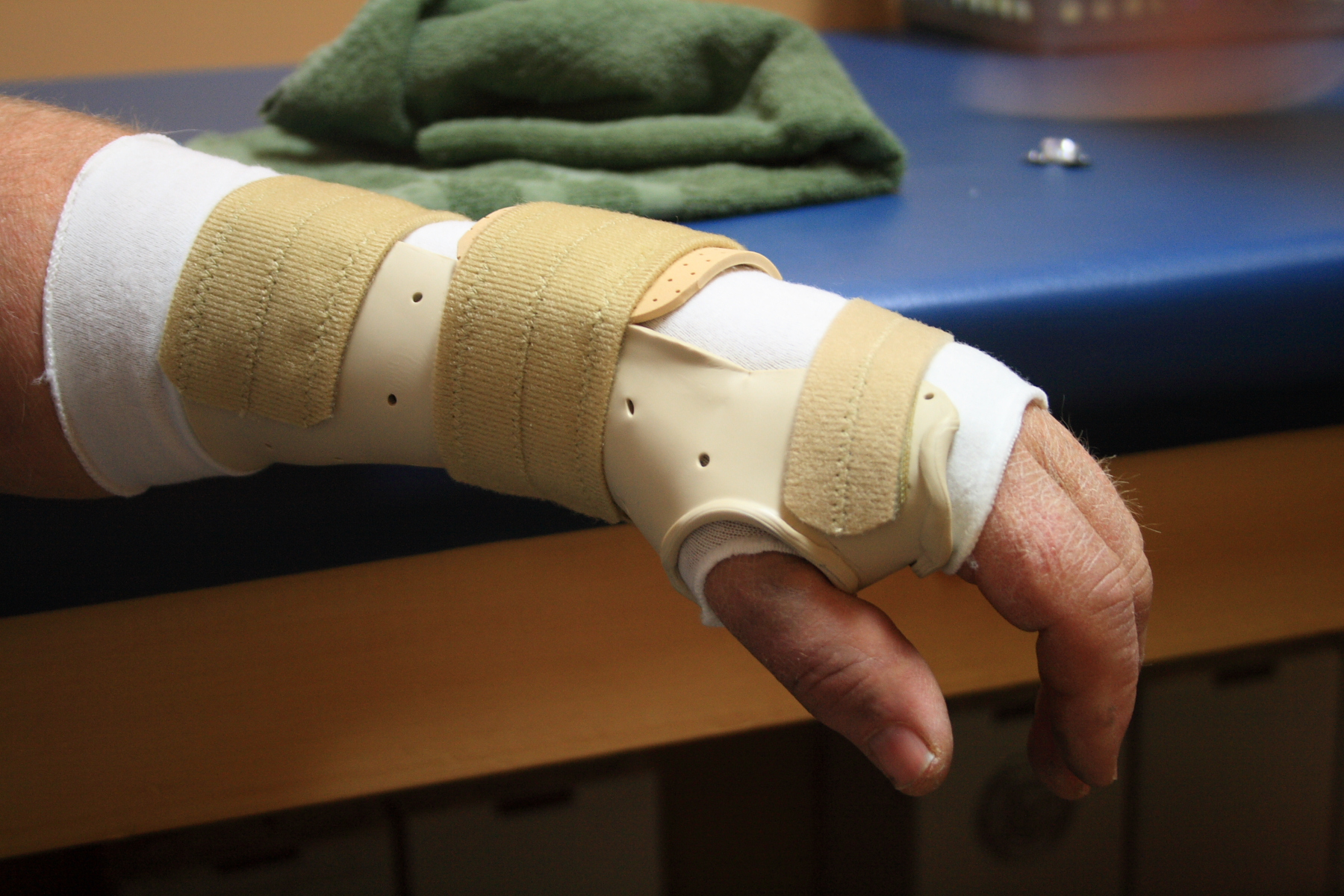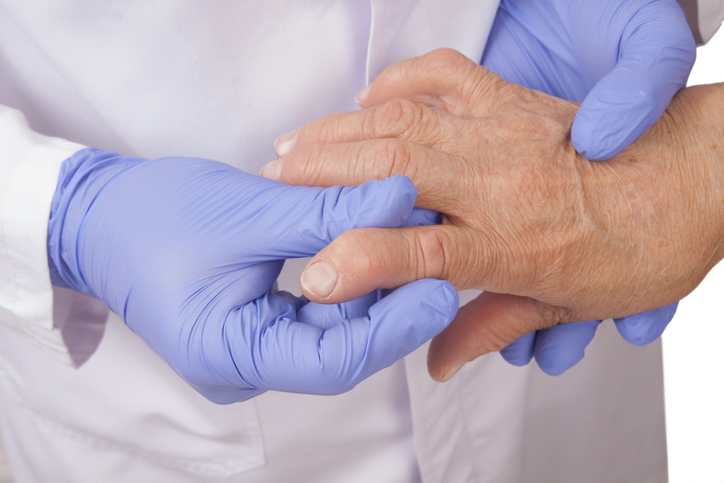Pain
Treat Troublesome Hand Pain

The hand consists of 27 bones, several muscles, tendons and ligaments, and thousands of nerve endings. Hand pain can affect the fingers, hands and wrists. Individuals should seek medical attention if the pain is intense and lasts longer than a few days, or if a crack is heard, motion becomes impaired, or severe swelling occurs.
Hand pain is often the result of an injury, overuse or inflammation. However, numerous conditions can cause hand pain, such as rheumatoid arthritis, osteoarthritis, tendinitis, carpal tunnel syndrome, etc. Check out these ways to reduce hand pain, improve hand function, and avoid surgery include.

Temperature therapy
Temperature therapy involves the use of heat or cold to reduce pain. Heat therapy relaxes stiff joints and muscles; whereas, cold therapy numbs acute pain and reduces inflammation. Heat increases the temperature of the targeted area, improving circulation and blood flow. Cold decreases blood flow to a targeted area, which can reduce inflammation and swelling, particularly around a joint or tendon. Switching between heat and cold therapy can help reduce certain types of pain.

Stretches and exercises
A physical therapist or occupational therapist can provide exercises and stretches that focus on the tendons and muscles of the hand. This helps stretch and strengthen these muscles, so they can absorb more stress on hand joints to reduce pain. Hand strengthening exercise and stretching can reduce pain and improve function. Massaging the hand and the area where the wrist and forearm meet can also ease muscle tension and reduce pain.

Nonsteroidal anti-inflammatory drug
Nonsteroidal anti-inflammatory drugs (NSAIDs) help reduce inflammation and pain. Ibuprofen and naproxen can be purchased over-the-counter; however, a higher strength can be prescribed. Topical NSAIDs are also beneficial. Caution should be implemented, as long-term use can lead to ulcers, stomach bleeding, liver damage, and increased risk of heart attack.
Splinting or bracing

Splinting or bracing
A hand brace or splint helps to stabilize the wrist and properly position the fingers and thumb. It is often recommended to support the affected area, which allows for the muscle or tendon to rest and heal. Bracing or splinting also provides time for inflammation to lessen, which can reduce pain and tingling.

Injections
If other treatment options fail, a corticosteroid injection can reduce inflammation, which relieves pain. They are injected into the affected joint and can be repeated. However, the number of corticosteroid injections is typically limited due to the fact that steroids can weaken tendons and ligaments.






